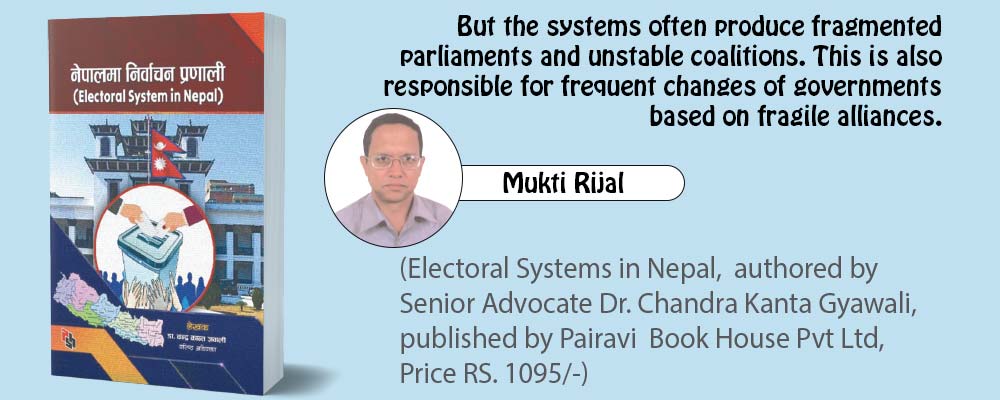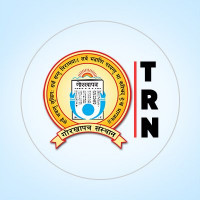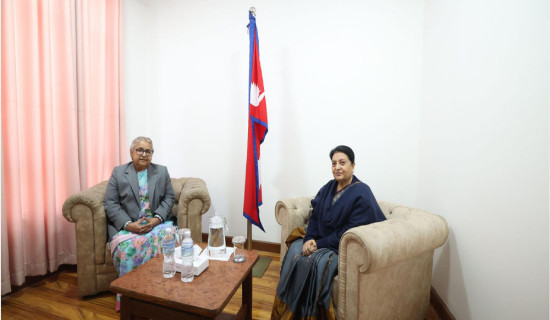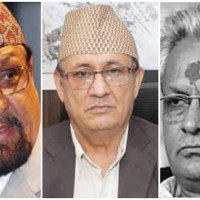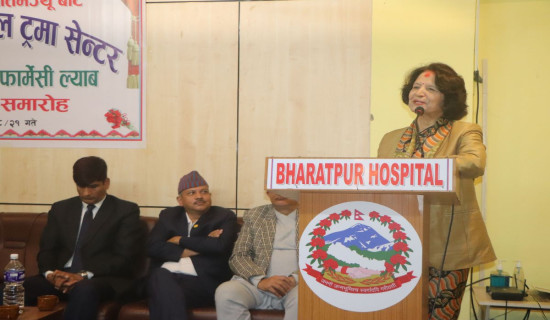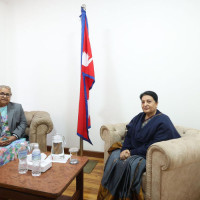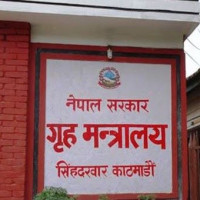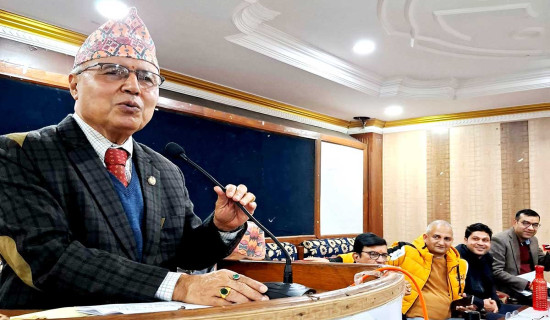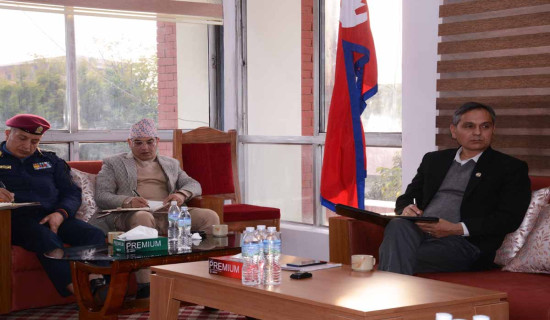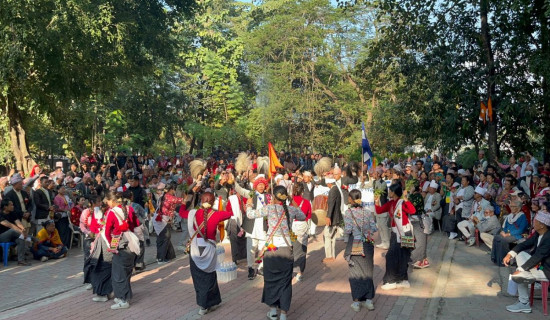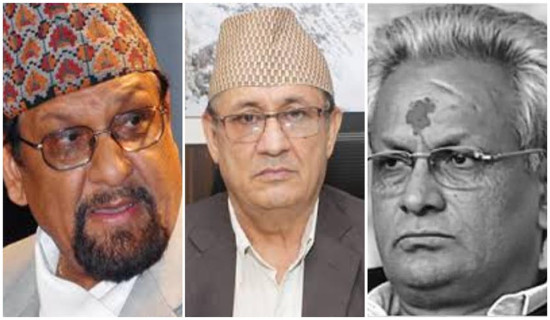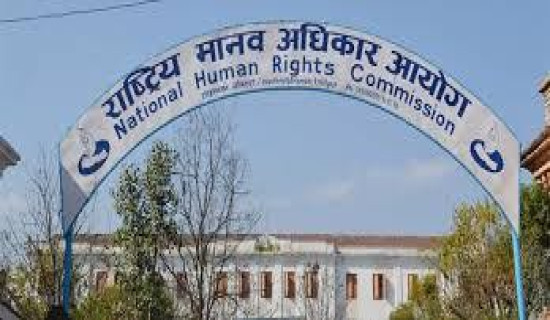- Monday, 8 December 2025
Electoral Re-engineering In Nepal
A decade has elapsed since the federal constitution authored by the historic constituent assembly was promulgated in Nepal. As the constitution itself provides for review of its different provisions following ten years of its implementation, it is time that the critical issues arising in executing the fundamental law of the land are discussed and deliberated in a very frank and candid manner. If there is a need for an amendment in some of the provisions of the constitution, it should be done for the interest of democratic stability, the rule of law, social justice, and democratic institutional development.
The electoral system adopted in the constitution has been said to be responsible for recurring political instability in the country.
The mixed electoral system, which combines first past the post (FPTP) and proportional representation (PR), has several strengths, including inclusive representation and participation. Still, experiences have indicated that it has constrained the political parties from securing a majority to form a stable government. The incumbent coalition government comprising Nepali Congress and CPN(UML) commit to make some appropriate revision in the existing constitutional provisions related with electoral system so that the political parties could be enabled to secure majority seats and form the stable government. It is apparent in the accord they signed when they came together to form the present coalition government. The book written by Dr. Chandra Kanta Gyawali reviewed in this column is relevant and fittingly responds to the need of the time when electoral design instituted in the constitution and currently practiced in Nepal is under closer scrutiny. Dr. Gyawali is a well-known constitutional lawyer and scholar in Nepal whose opinion is highly esteemed and sought on several legal, political, and constitutional issues. His well-known volume titled Federalism in the World, which he wrote together with Prakash A Raj, is referred to as one of the classical texts on the subject. This book on the electoral system is equally comprehensive and comprises 683 pages divided into chapters dealing with different aspects of the electoral system. The book discusses at length the elections held at various federal, provincial, and local government tiers regarding the constitutional and legal provisions relevant to them. The significant value of the book lies in the fact that it includes the process and outcome of the elections held under the federal governance, with critical insights on the areas where difficulties are experienced in their implementation. Bare texts of the laws, the discursive analysis of the electoral system, the relevant cases and judicial decisions to enrich the discussion on the subject. The book sheds ample light on the electoral exercises held in Nepal twice in the past. Based on the lessons learnt from the electoral exercises, Dr. Gyawali provides some recommendations which can be taken into consideration while discussing the issues related to the amendment of the constitution on the matter.
A major part of the discussion on electoral systems adopted across countries around the World is contained in Chapters three, four, and five of the volume. Electoral systems are the rules and methods by which votes are translated and reflected into political representation. They shape the nature of democracy, the structure of political competition, and the inclusiveness of democratic governance. Electoral systems fall into three main categories: majoritarian/plurality systems, proportional representation (PR) systems, and mixed/hybrid systems. These three main categories can be subgrouped into many categories, which Dr. Gyawali has attempted to do in the book. However, in this brief review, the characteristics of three broader families have been noted in a precise manner.
The majoritarian /plurality systems generally produce clear poll winners, and they prefer stable and strong governments. The first past the post (FPTP) is the major type within the majoritarian, plurality system in which the candidate with the most votes in a constituency secures victory. This is used in the UK, India, the USA, and Nepal. The major strength of this type of election is that it produces decisive outcomes and strong single-party governments. However, weaknesses mentioned in the book under review include that votes for losing candidates are not utilized, and this can lead to disproportionate results. A party with fewer votes may win more seats because it under-represents smaller parties and minorities in the democratic institutions, including the national and provincial legislature. Two-round system (runoff) and alternative or preferential voting constitute other majoritarian /plurality system typologies. In a two-round system, if no candidate wins a majority in the first round, a second round is held between the top candidates to ensure that the winner has the support of the most voters. In alternative votes, which is also known as preferential voting, voters rank candidates, and votes are redistributed until some candidate secures a majority. Proportional Representation (PR) Systems are another important and widely practiced category of electoral design. It aims to reflect the overall distribution of votes in the allocation of seats. The PR has a list PR and a single transferable vote in its subcategory. In a list PR, political parties present a list of popular candidates, and the parties are allocated seats proportionately to the votes received in the polls. In a single transferable vote, voters rank candidates in multi-member constituencies, and candidates are elected based on quotas and transfer of surplus and unused votes.
Some electoral systems combine elements of majoritarian and proportional representation, namely mixed-member proportional and parallel voting, also known as mixed-member majoritarian. In a mixed-member proportional system, voters cast two votes -one for a candidate in a territorial constituency, one for a party list. List seats are intended to correct disproportionality. It balances proportionality with constituency representation. Dr. Gyawali concludes that a majoritarian electoral system favors stability and strong governments. But this system may give rise to exclusion and disproportionality. Proportional systems intend to promote inclusiveness and fairness. But the systems often produce fragmented parliaments and unstable coalitions. This is also responsible for frequent changes of governments based on fragile alliances. However, the merit of the mixed systems is that they attempt to balance both. But it may bring complexity and not fully eliminate drawbacks.
The volume is useful for political leaders, students, and researchers of electoral governance. It can help as a resource to enhance deliberation on the electoral issues when political parties have put forth an agenda of broad discussion in connection with revising the electoral system.
(The author is presently associated with Policy Research Institute (PRI) as a senior research fellow. rijalmukti@gmail.com)

